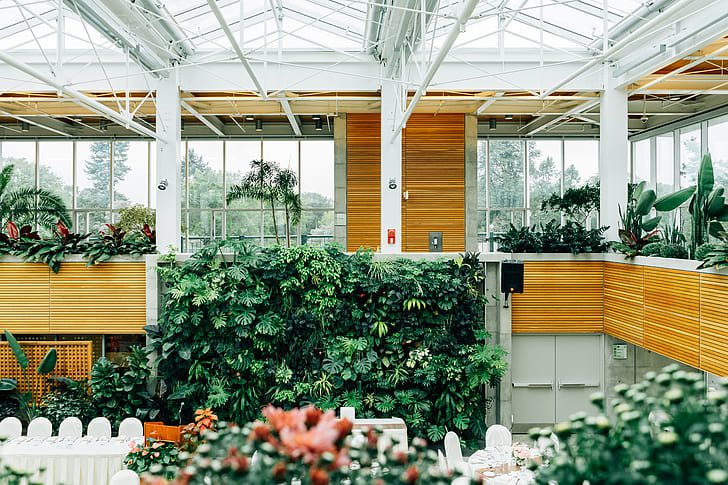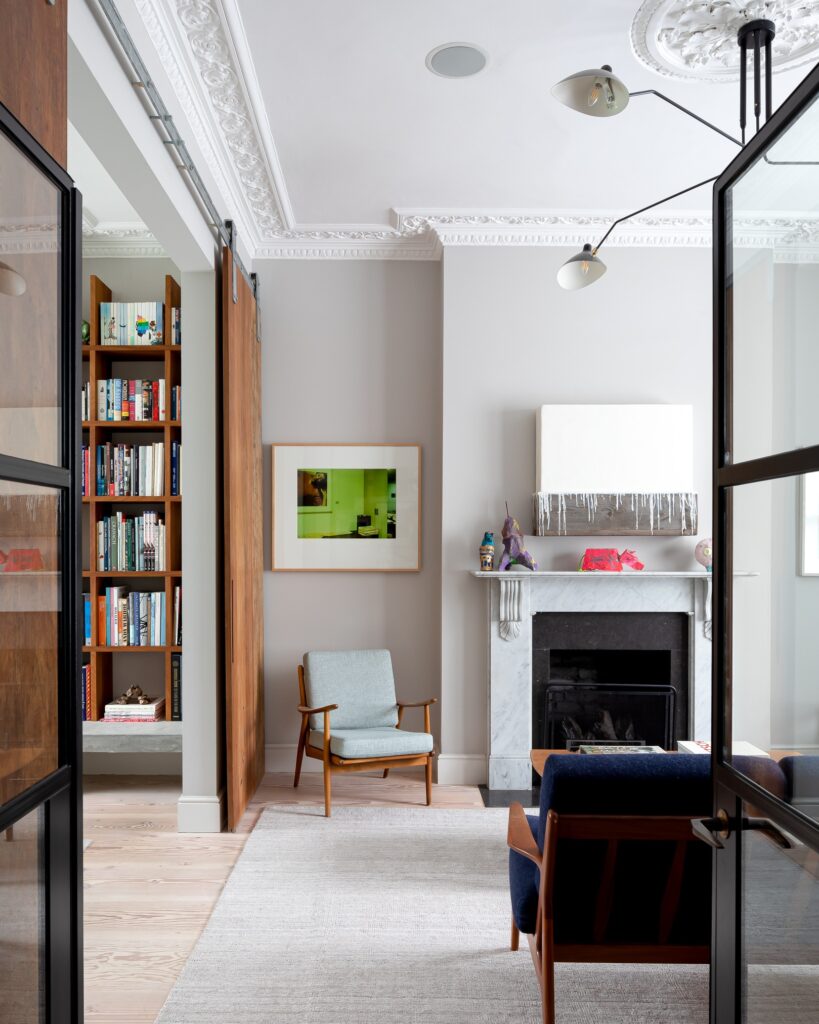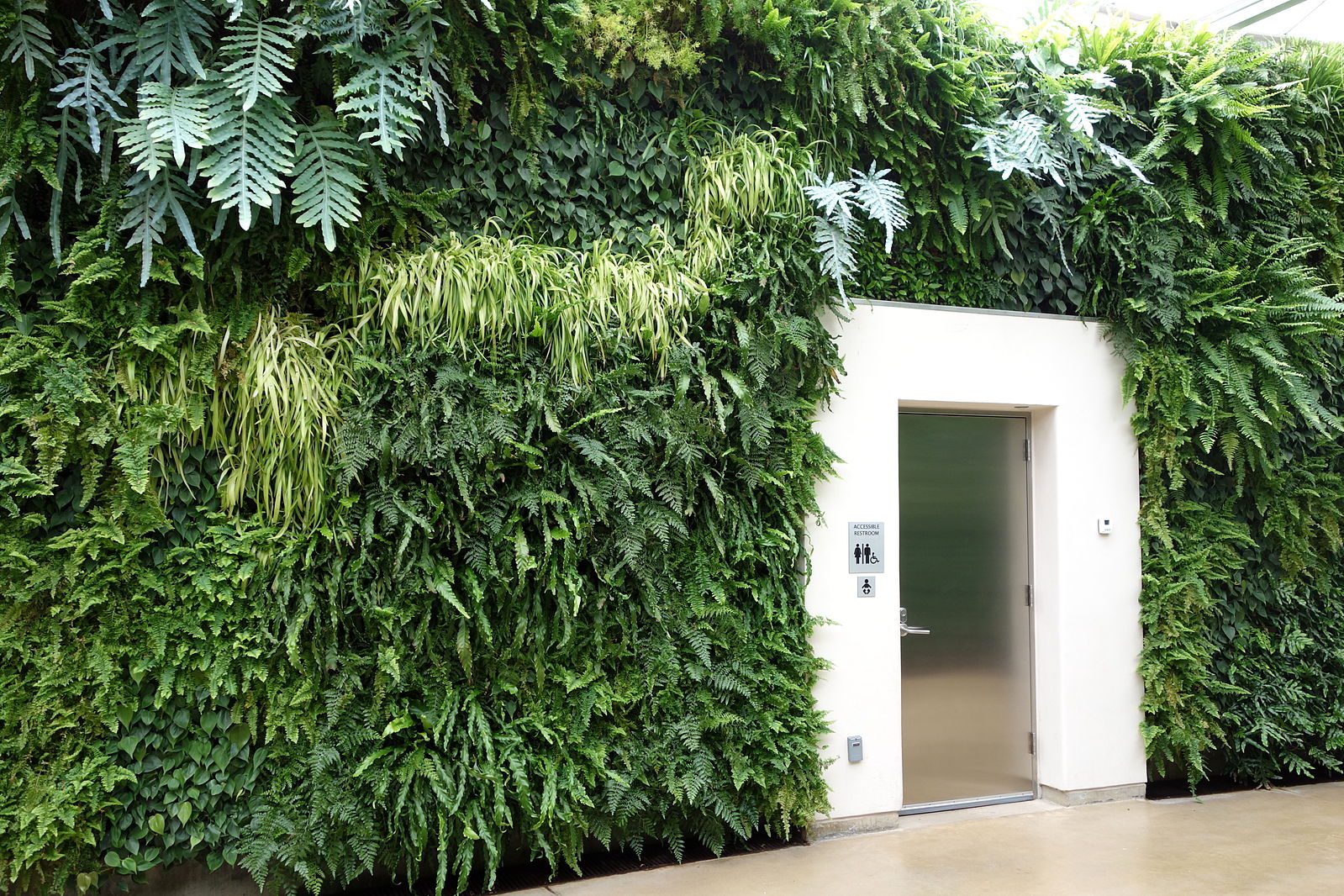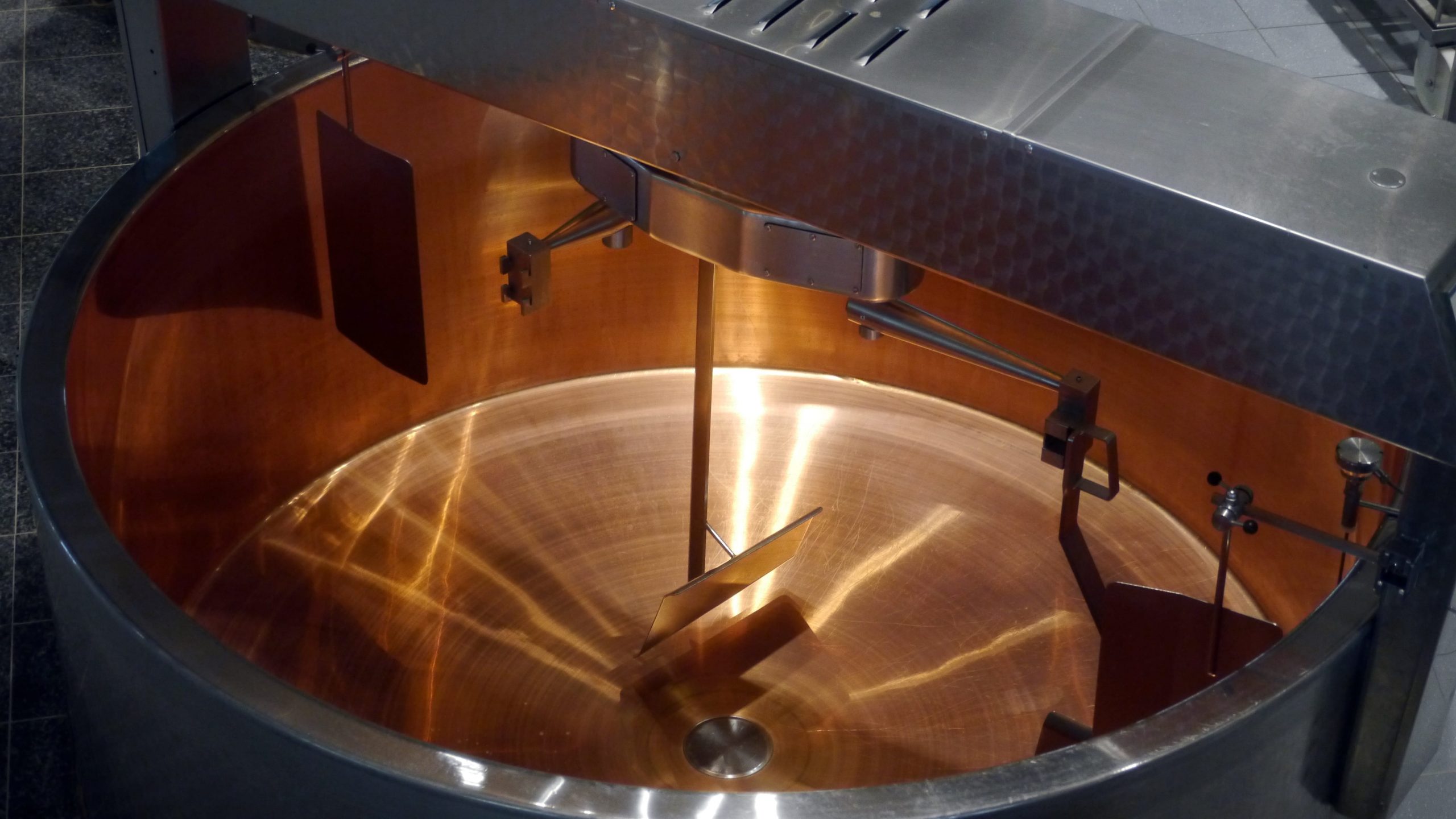Karl Smith
With the lessons of a global pandemic in mind, how might we better design our homes and, by extension, our cities to make for a safer, cleaner and more sustainable way of living without compromising on style?

It’s been a long few months at home and I think it’s only fair to say, at this point, that you could easily be forgiven for having grown a little tired of your immediate surroundings. Personally, I haven’t been in another person’s home – or, for that matter, inside a building that isn’t selling food – since mid-February.
For my part, too, I’m lucky enough to be very happy with my living situation – my partner and I live together in an airy, one-bedroom flat with furniture that we chose ourselves and windows that let as much light in as is possible in London at the mercy of a British summer. Though I acknowledge that isn’t true for anything close to everyone; for some, this whole process has been untenable. And, for others – of course – it has been a dangerous time.

But, sitting here now, thinking about the future, I am struck by the notion that – though it seems we are all eager, in some ways, to return to something like “normality” – some things may truly never be the same at all.
What is particularly striking, jarring even, about this, though, is when it comes to thinking about my home in this context: it is hard to imagine this place, where I have lived for three years – and which I have not left in any meaningful way for the better part of five months – the still point of a now-just-about-turning world. Because, surely – even as immutable as it seems to me right now – this place and others like it must also change; the anchor of normality must now be lifted. It is, if not frightening, exactly, at the very least a disconcerting thought.
Back in March, which now seems an eternity ago, Dezeen published an article positing on possible changes in our home life post-pandemic. Some of their suggestions seem more far-fetched than others, bordering – not that this is a bad thing, necessarily – on the utopian side. (We could all use a little of that right now, I’m sure.)
“Rejection of mass industry,” for example, is always a lofty goal and – as the Dezeen article’s writer, architect Sergey Makhno, rightly points out – photographs of clear skies sans industrial pollution over countries like China, and heartwarming videos of wildlife reclaiming newly-quiet towns and villages across the world, have certainly chimed with people on social media. But that’s really endgame stuff, and hardly likely to happen any time soon.

Notions of “urban farming,” though some way off being embraced in any meaningful, far-reaching way, however, are not only noble and capable of changing the way we live (dramatically) forever, but also aspirational from a lifestyle point of view. The pastoral dream brought to life in the confines of the city.
More than this, though, it’s also desirable from a design standpoint: “urban farming” may be pushing it, but scale it back a little and call it something simple like “indoor gardening” or buzzy like “horticultural integration” and you’ve not only got something altogether more exciting and approachable but also a tried and tested concept we’ve probably all seen and enjoyed in practice.
No one’s saying that everyone’s home needs to turn into the Eden Project or even the Barbican Conservatory overnight, but even something as small-time as a living wall makes for a big step in the right direction. It’s hard to think of a single context in which these don’t look good when they’re properly tended: coming to London as a interior design-obsessed teenager I distinctly remember the one at Anthropologie on Regent Street. Theirs wasn’t functional in any real way, of course, but something about the way it looked has stuck with me ever since – and another version easily could be.
In terms of the bigger picture, effectively cultivated and you’re looking at the possibility of a self-sustaining environment: fresh air and, over time, fresh produce. A hermetic bubble all of your own. I mean, there’s a reason that science-fiction movies of more recent years, films like The Martian or Sunshine, have made botanists into essential members of any spacecraft’s crew.
Running with this concept in a different direction, too, Makhno also touches on air and water filtration in terms of possible home tech solutions. Smart home manufacturers, he suggest, “will not only control the temperature of the air in the house,” as they are capable of doing now, “but also its quality,” going on to add that, “if necessary, they will automatically clean it” with the added assertion that “Air from the outside will of course be filtered.” Nothing about this seems particularly farfetched: every apartment in my building, which is at least a decade old and consists exclusively of modern but modest one and two-bedroom flats, has an air circulation system fitted as standard. There’s no reason that an upgraded, smart version of this run-of-the-mill technology couldn’t also monitor the air passing through for quality control purposes and make filtration adjustments on the fly as needed.
Imagine: you’re sitting at home and your throat feels just a little dry. First you get yourself a glass of water, because you’re still an adult human being and the most obvious solution is usually the right one, but you also take a moment to wonder something out loud: “Hey, how’s the air in here?” you ask, seemingly to the air itself. This might seem strange if not for one thing: the air itself has an answer for you.

In terms of what the article calls “neutralisation,” it really doesn’t have much interesting to say: maybe families will consider dispensers for hand sanitiser, it suggests. But this feels like a missed opportunity. After all, if we’re musing on the possibilities for a not-at-all-distant future — and we’re already speculating on advances in Smart Home technology — why would we not consider work already well underway?
To explain, allow me to go back just a little: surfaces. They’re everywhere in our homes and they are — not to be too disgusting about it — breeding grounds for bacteria; from those as big as tables and worktops to those as small as taps and door handles. Yes, the pandemic has made us more cautious about this — and rightly so — with it’s handwashing agenda, and that isn’t something we should give up any time soon. But there are other things we can do that rely less on fallible (see also: “lazy”) aspects of human nature. And it seems the solution may well be right in front us.
It’s not flash or futuristic — I mean, you can’t even talk to it! — but it is abundant and relatively cheap; which is why the antimicrobial properties of copper and copper alloys, which effectively kill microbes much quicker than other materials, are not only known but are already being tested for practical applications in hospitals in terms of disease control. Surely either fashioning our surfaces from — if you’re looking to incorporate an aesthetic element into something so practical — or simply even coating them in a thin layer of one of these materials would be an easy, effective and elegant solution. Exchange lingering bacteria for lasting beauty? Don’t mind if I do.
Personally, I’m still uneasy about lasting changes to my living environment for reasons that feel beyond my control: this, after all, is my space and — not to be dramatic — if not here then where, exactly, do my wants hold weight? It is, in a way, a museum display of my choices. Still, the future is always coming, speeding, toward us and the present has already changed so radically in just these last few months. It’s something we all need to accept, but also something that we can just as easily embrace: changes may have been brought on by catastrophe but they don’t need to feel catastrophic.
This could be a chance — our chance — to improve not only our homes but also our lives for the better. That doesn’t come along every day.